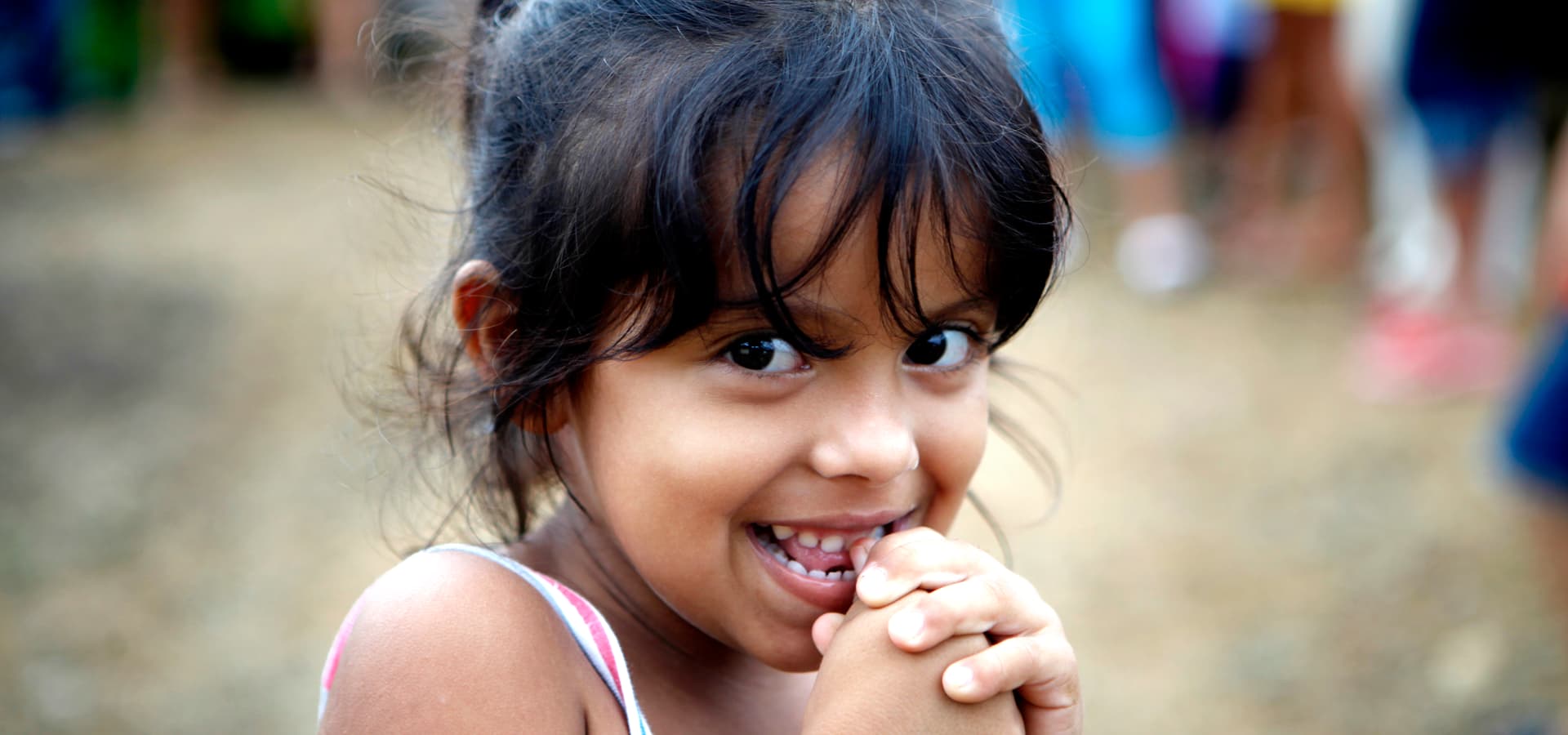The desire to provide specific rights to children has been ongoing throughout the 20th century, from 1924, with the adoption of the Geneva Declaration by the League of Nations (the forerunner of the UN), to the adoption in 1989 of the Convention on the Rights of the Child, the international instrument that offers the highest level of protection and assistance to children. To date, 196 states have ratified this text, making it one of the fastest adopted UN conventions by almost all member countries. It was ratified by Switzerland in 1997 and is now an integral part of the Swiss legal order, which must be respected by the federal, cantonal and communal authorities.
In a few figures :
1989
adoption of the Convention on the Rights of the Child
196
states have ratified the Convention
54
articles cover the different rights of the child
What does this convention say?
The International Convention on the Rights of the Child is a treaty that aims to define the basic rights of all children, regardless of their place of birth, social origin, gender and religion. It is the international instrument that offers the highest level of protection and assistance for children aged 0-18.
The principle on which this Convention is based is that every child has the right to protection and support in order to develop harmoniously. The child is seen as an actor with the right to participate in decisions that affect his or her life, and not as a passive "object" subject to the obedience of parents or guardians.
The International Convention on the Rights of the Child contains 54 articles, which can be divided into five main categories:
1. Non-discrimination rights
The full range of children's rights applies to all children, regardless of their gender, race, religion, language, political opinion, social origin, ethnicity or the origin of their parents.
2. Survival rights
Every child has the right to life and to have his or her basic needs met: a decent standard of living, shelter, food, medical care.
3. Development rights
These are the rights that enable a child to develop his or her full potential: the right to education, the right to play and leisure, access to information, freedom of thought.
4. Rights to protection
A child has the right to protection from any form of abuse, exploitation or neglect. These include rules on work, protection from exploitation, torture and drug use.
5. Participation rights
A child is not a passive individual. They have the right to express themselves, to express their views on decisions made about them and to participate actively in the life of the community. The Convention on the Rights of the Child guarantees children the right to freedom of expression, association and peaceful assembly. It is important to emphasise that all these rights are interdependent and on an equal footing: none is superior to any other.
Making these rights a reality
A signatory state is obliged to make every effort to ensure that these rights are respected in the country. If the legislation in force contradicts any of the articles, then that legislation must be amended. Signing the declaration also implies that states must take the necessary measures, within the limits of their economic capacity, to ensure that the services guaranteed by the convention (health, protection, education, etc.) can be provided to all children in the country.
In order for the international community to ensure the proper implementation of the rights and obligations of the Convention, signatory countries must provide a report to the Committee on the Rights of the Child every 5 years, in which they present an analysis of the situation, the progress made, the concrete measures adopted, the difficulties encountered, etc.
Children's rights at the heart of Tdh projects
Upholding the rights of the child, as defined in the Convention, is the foundation of our actions around the world. To make a difference, we focus our efforts in the areas of maternal and child health, children and young people in migration situations and access to justice. We also empower children to become concrete actors in our projects, respecting their right to participation and free expression.


